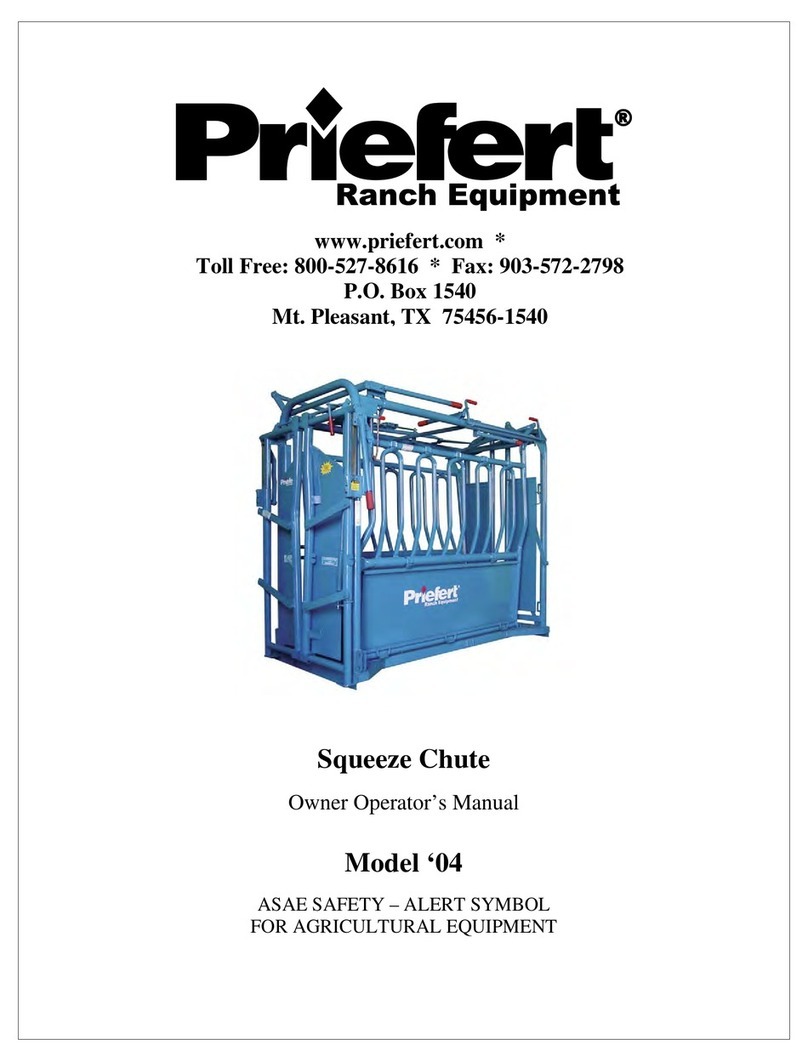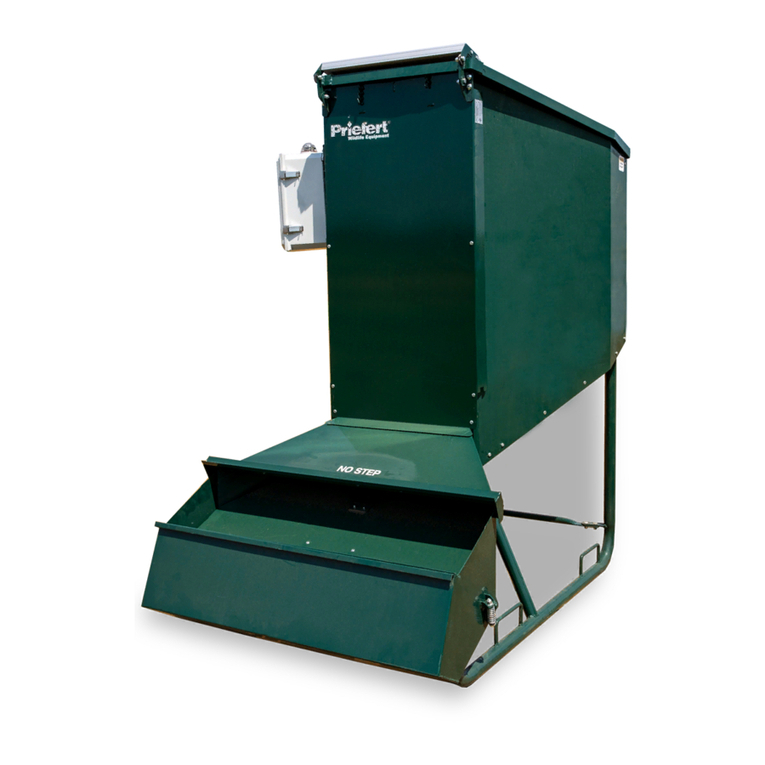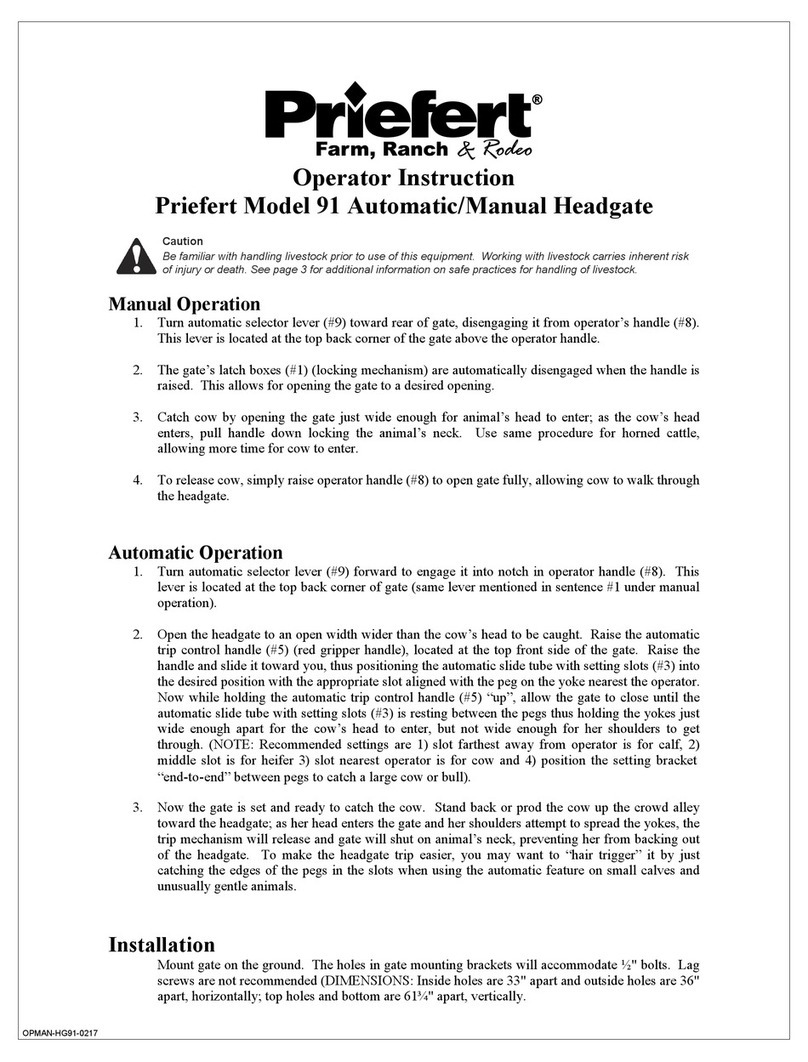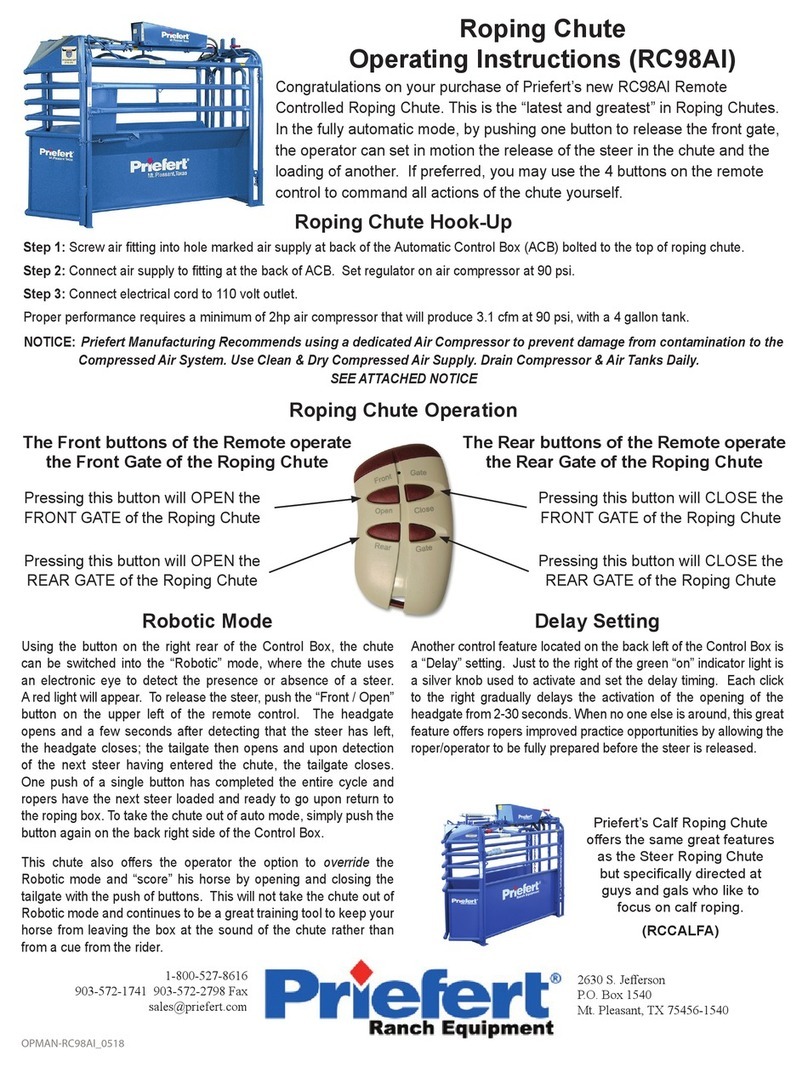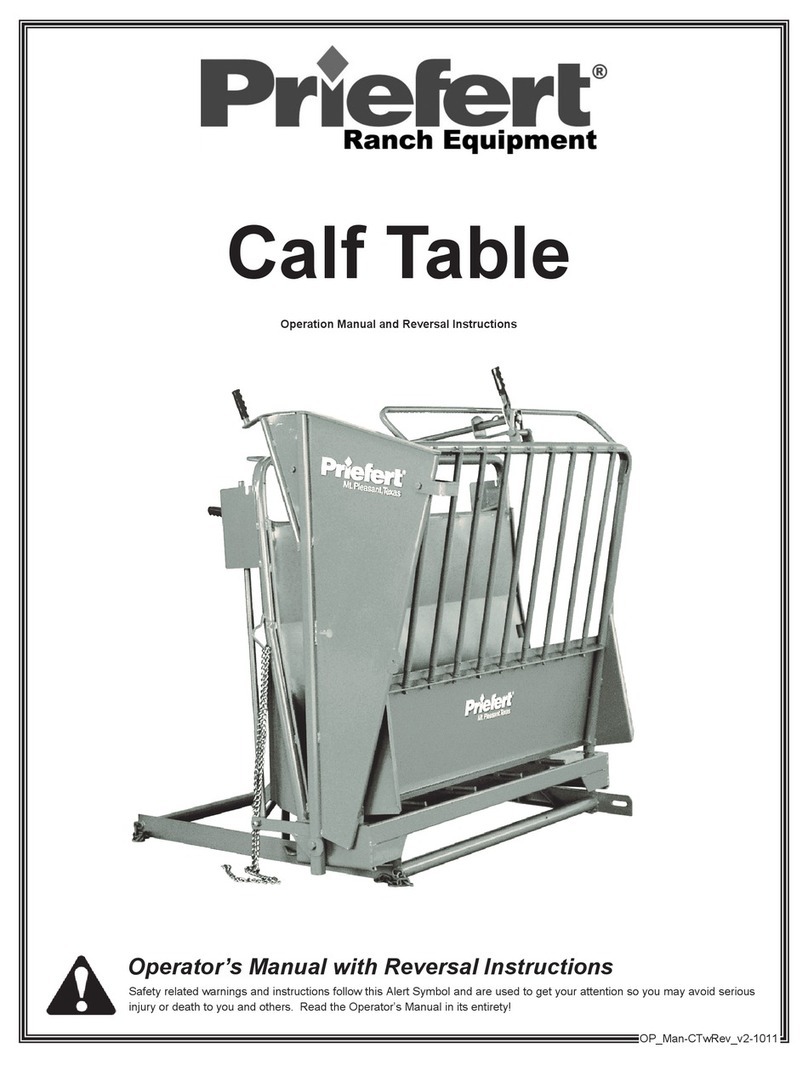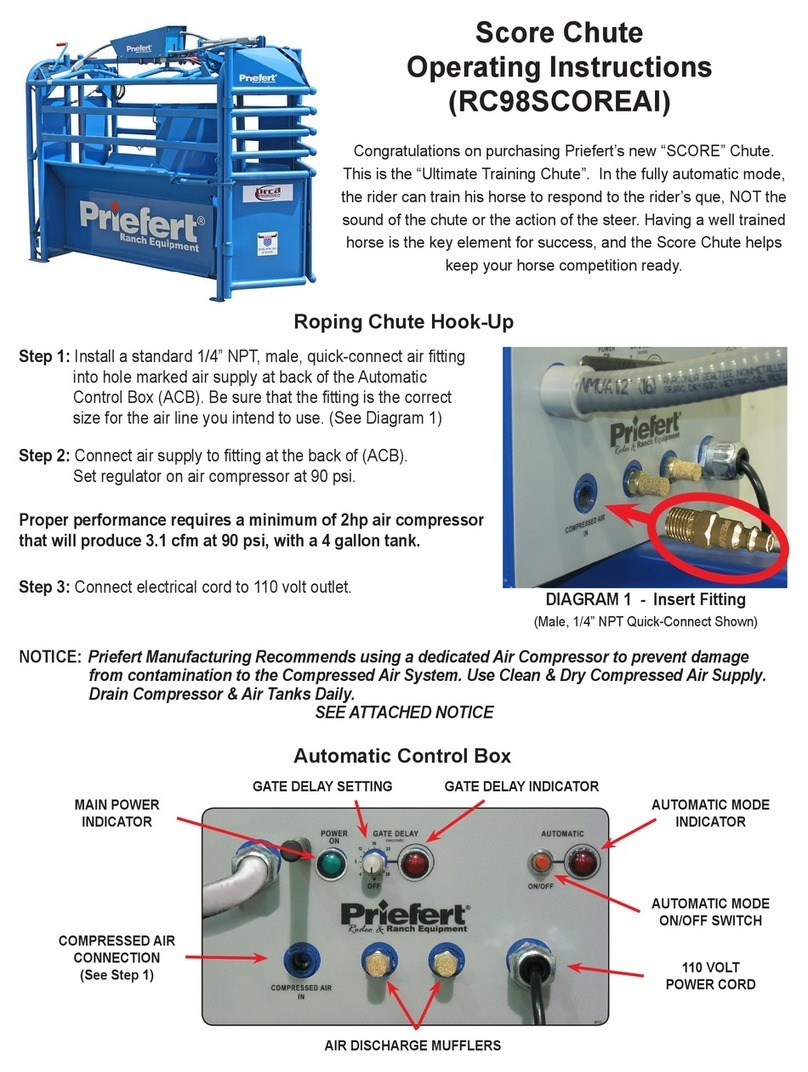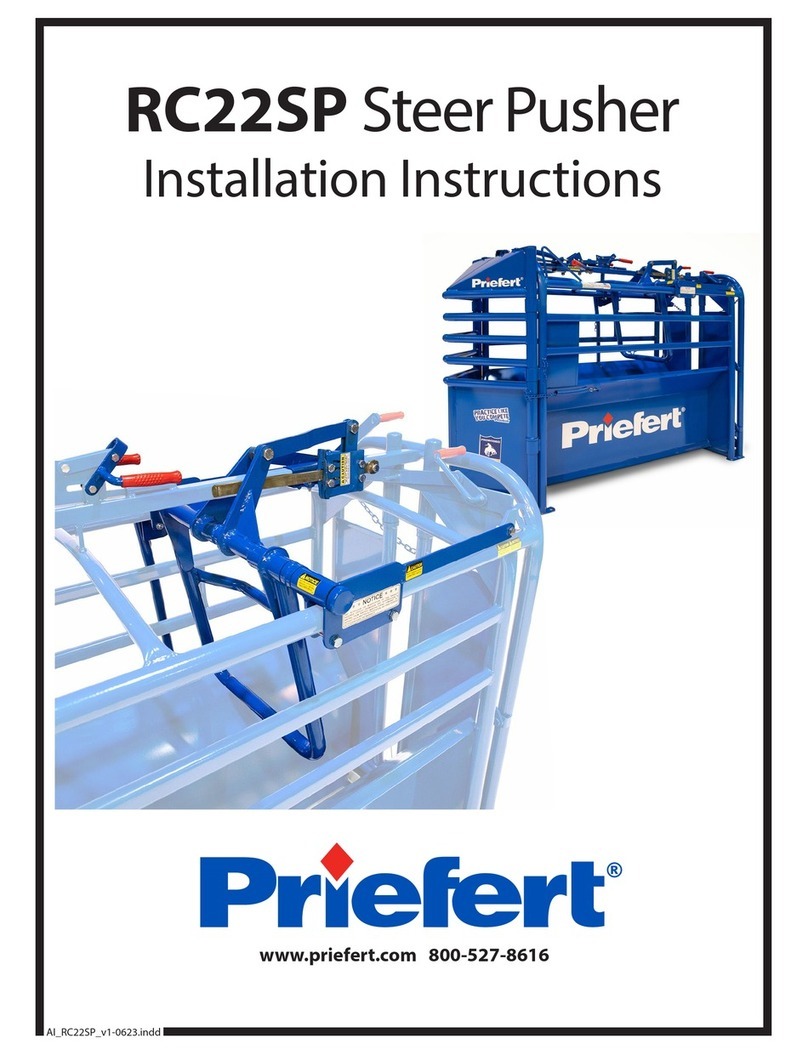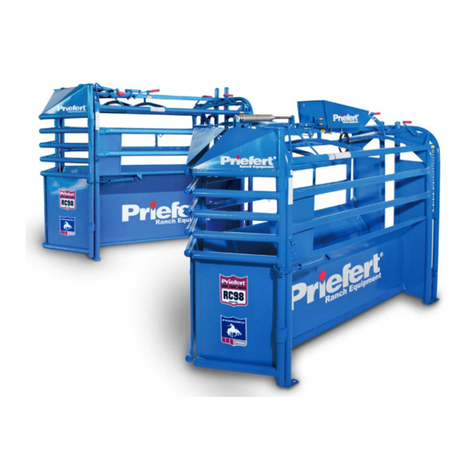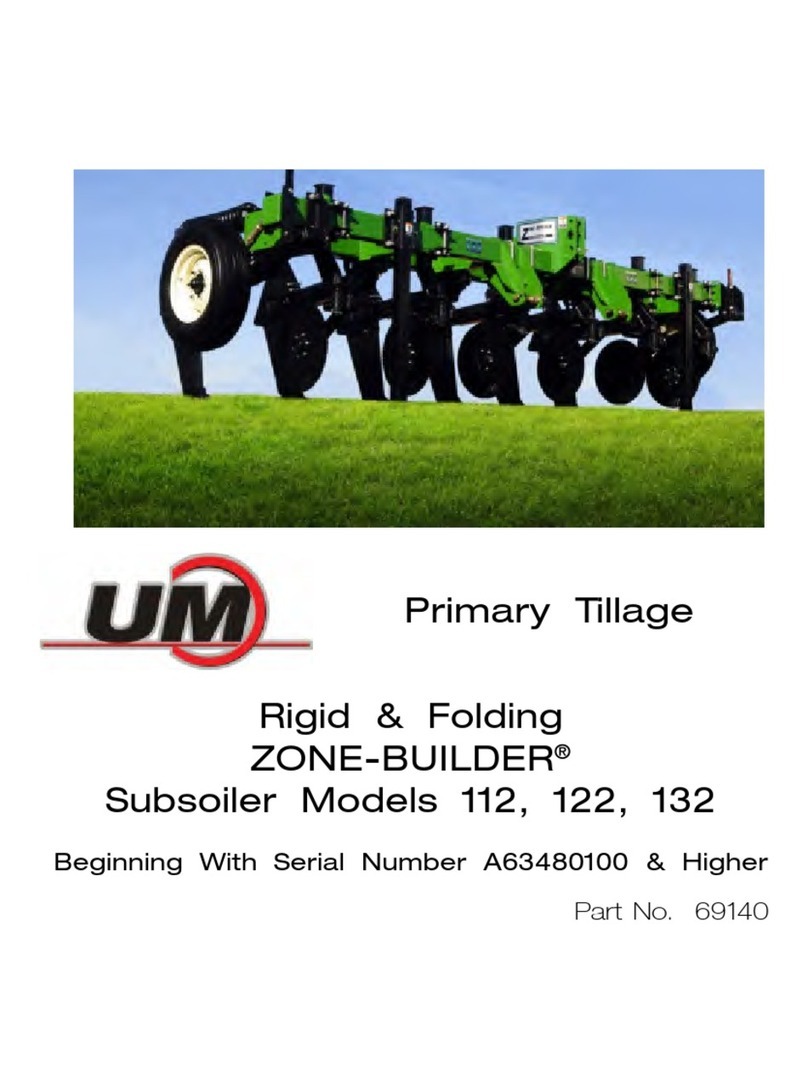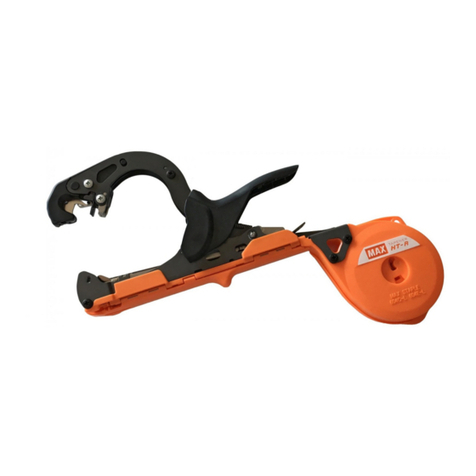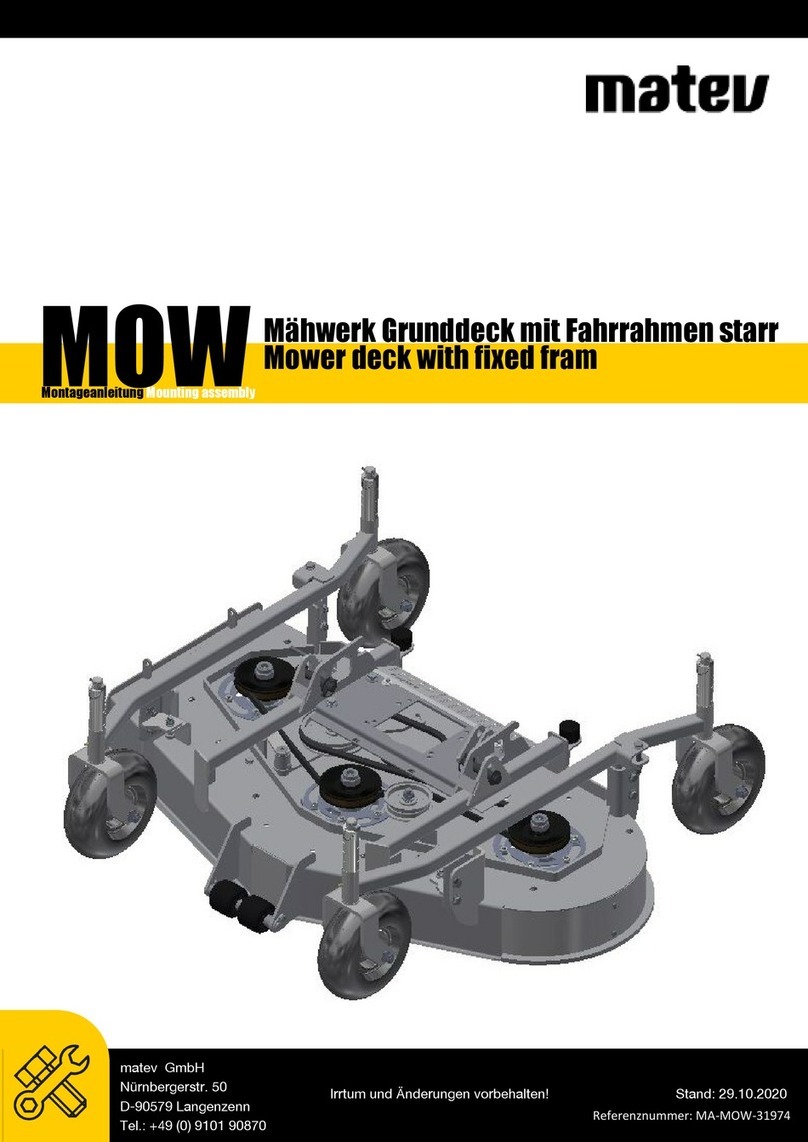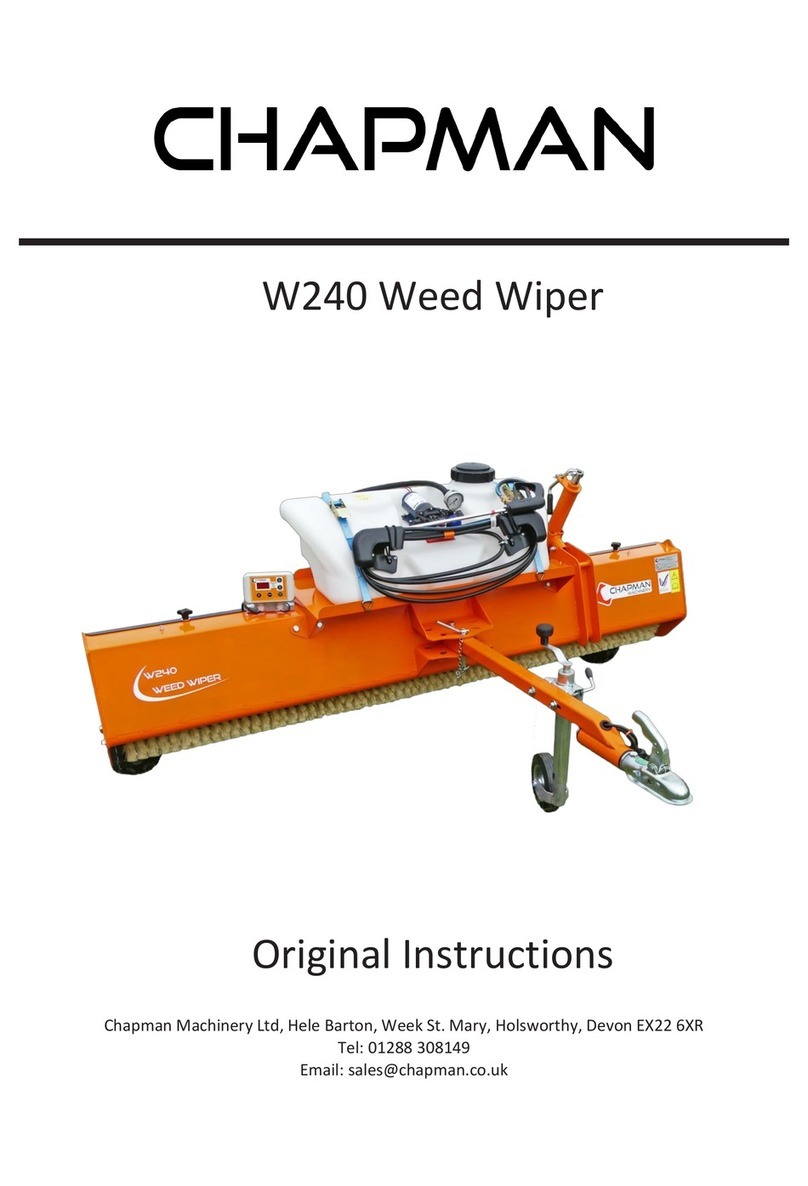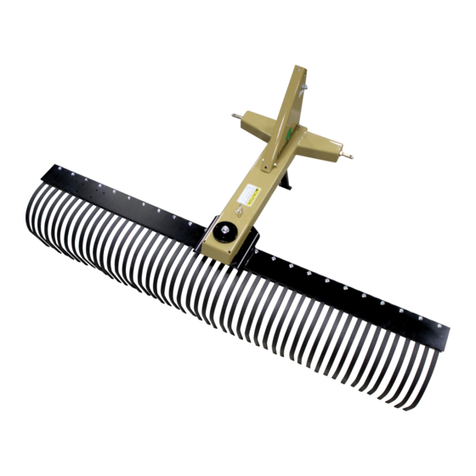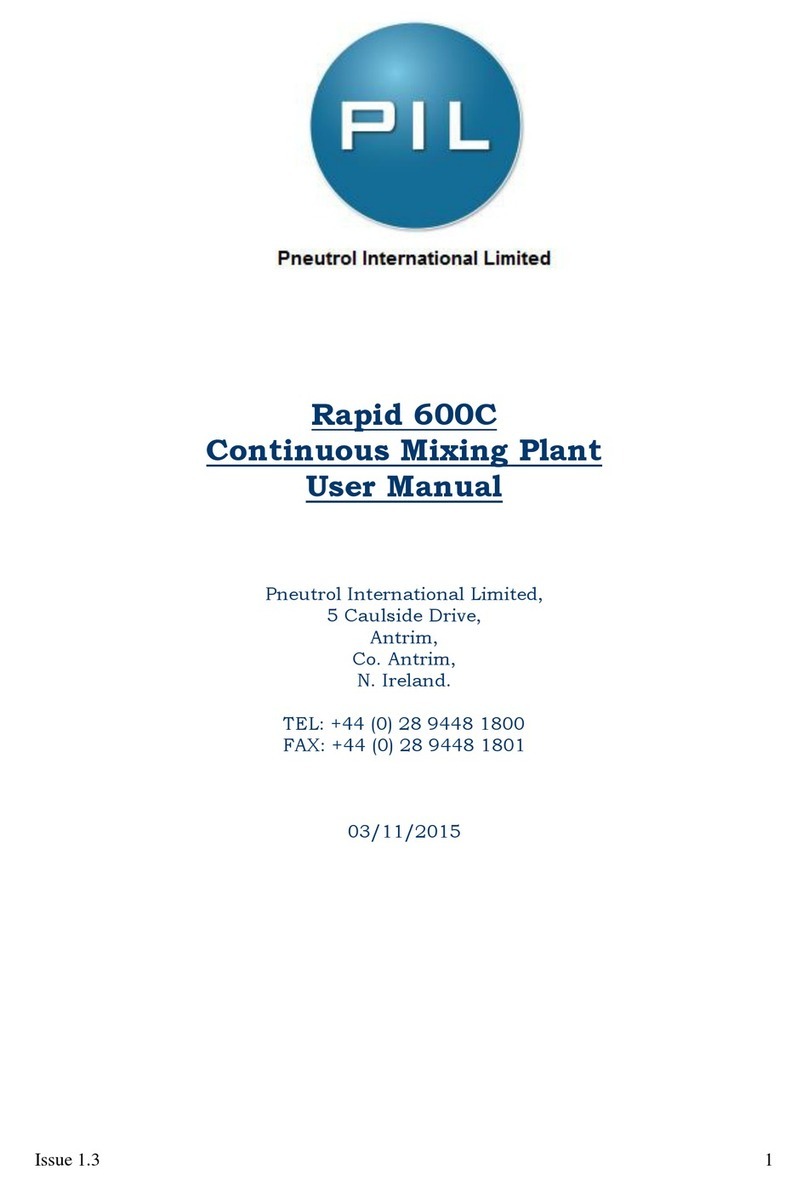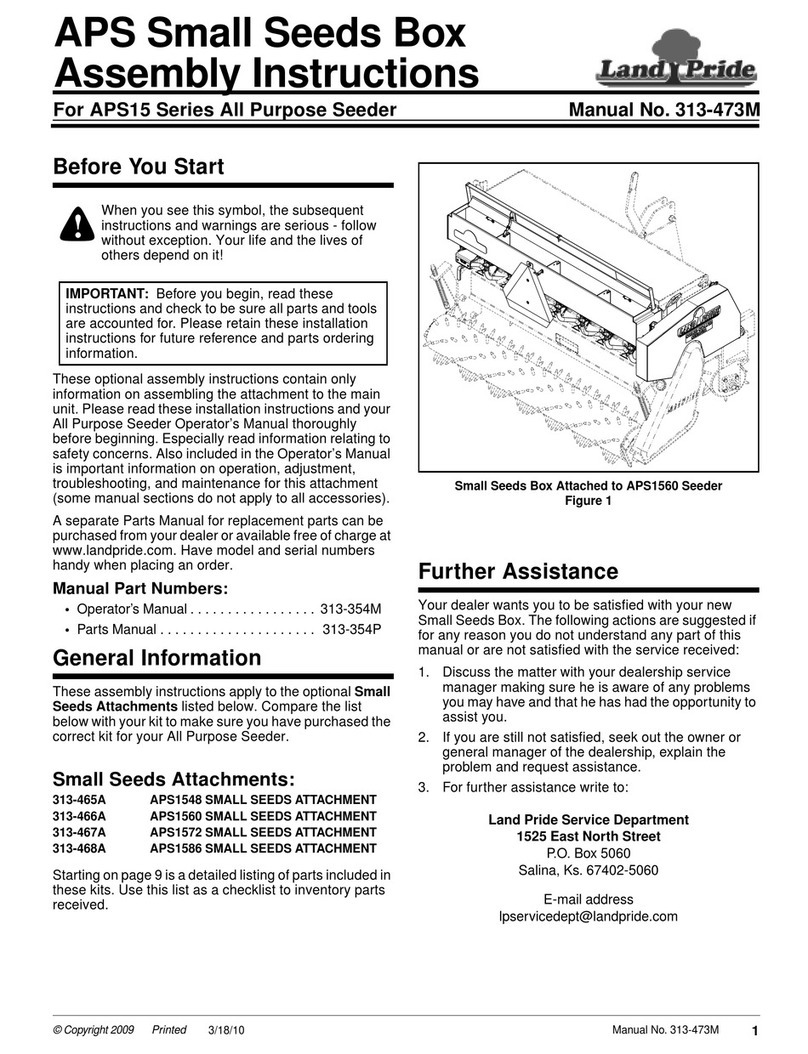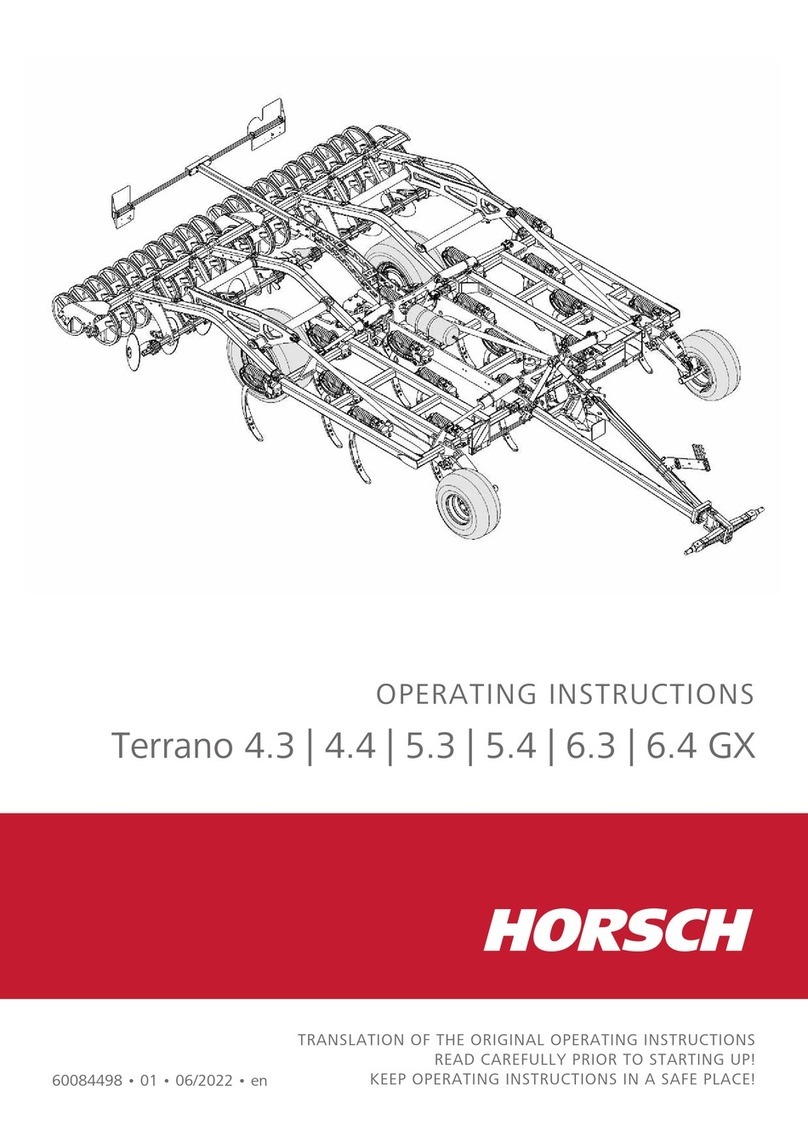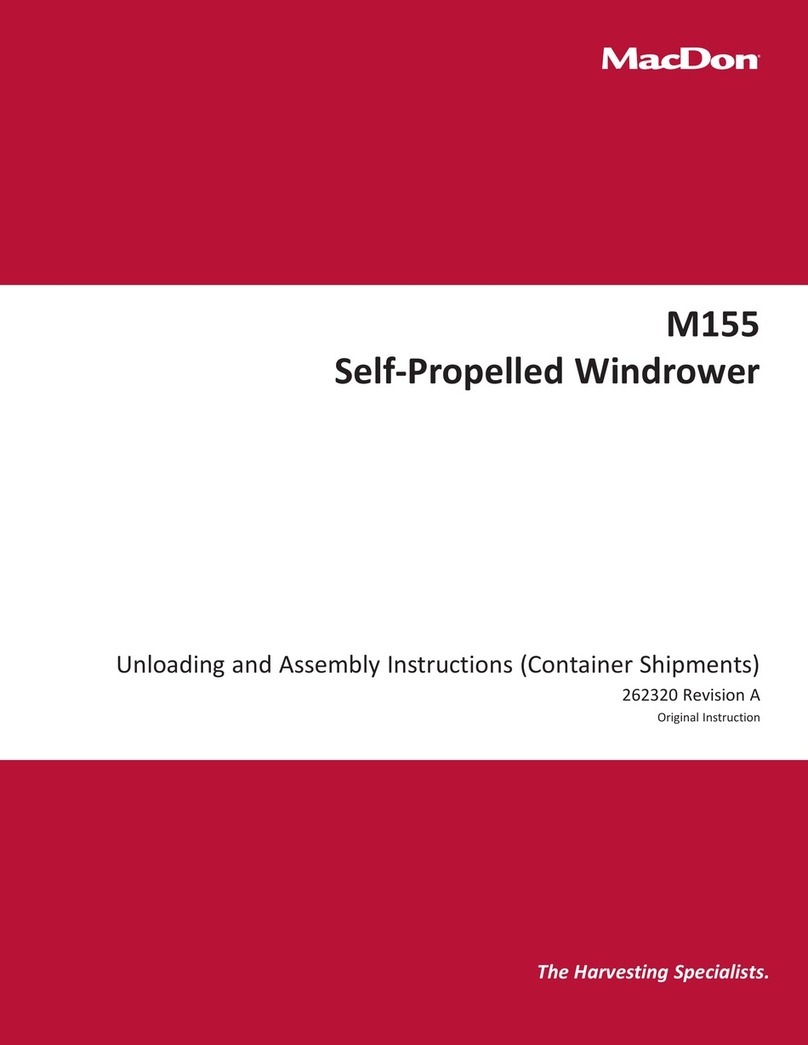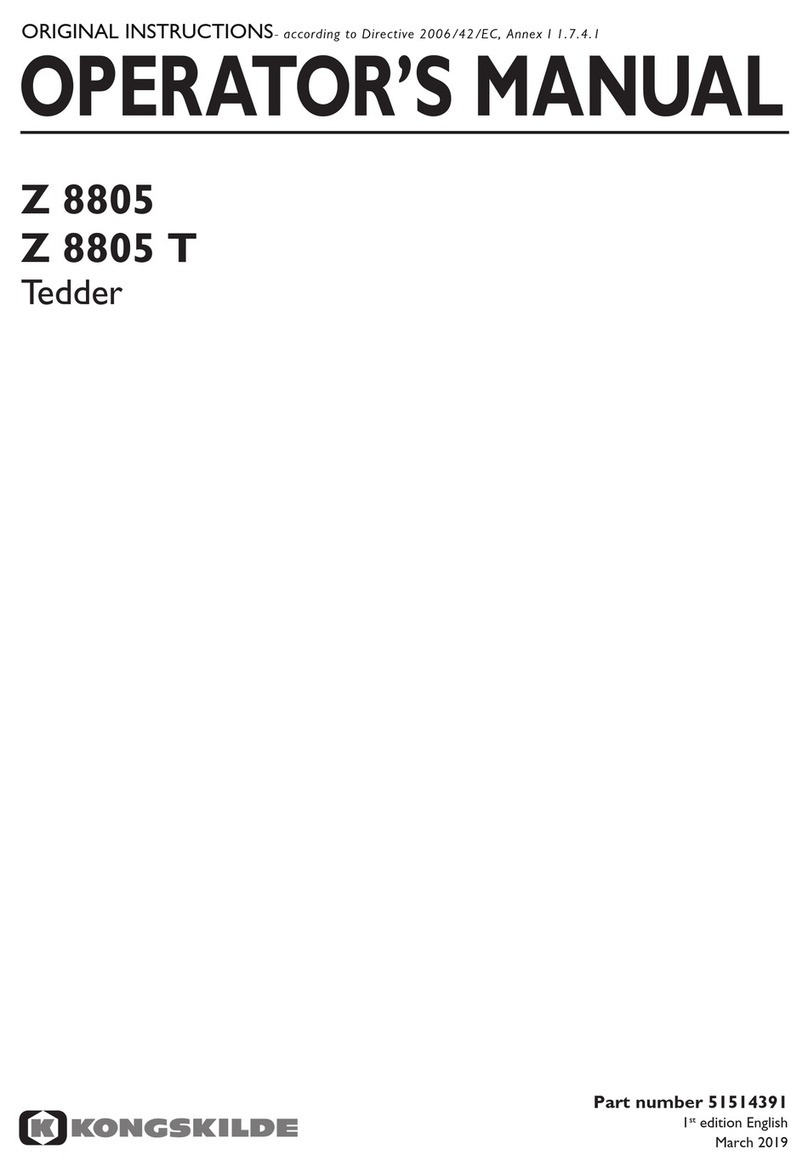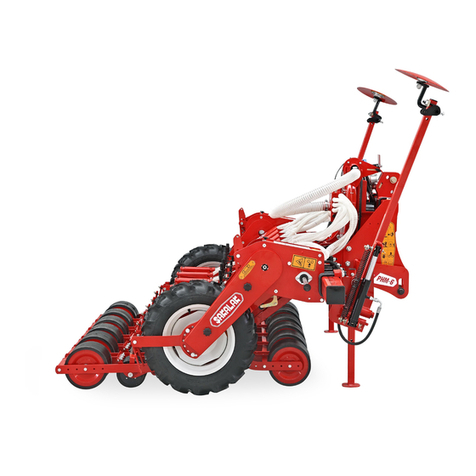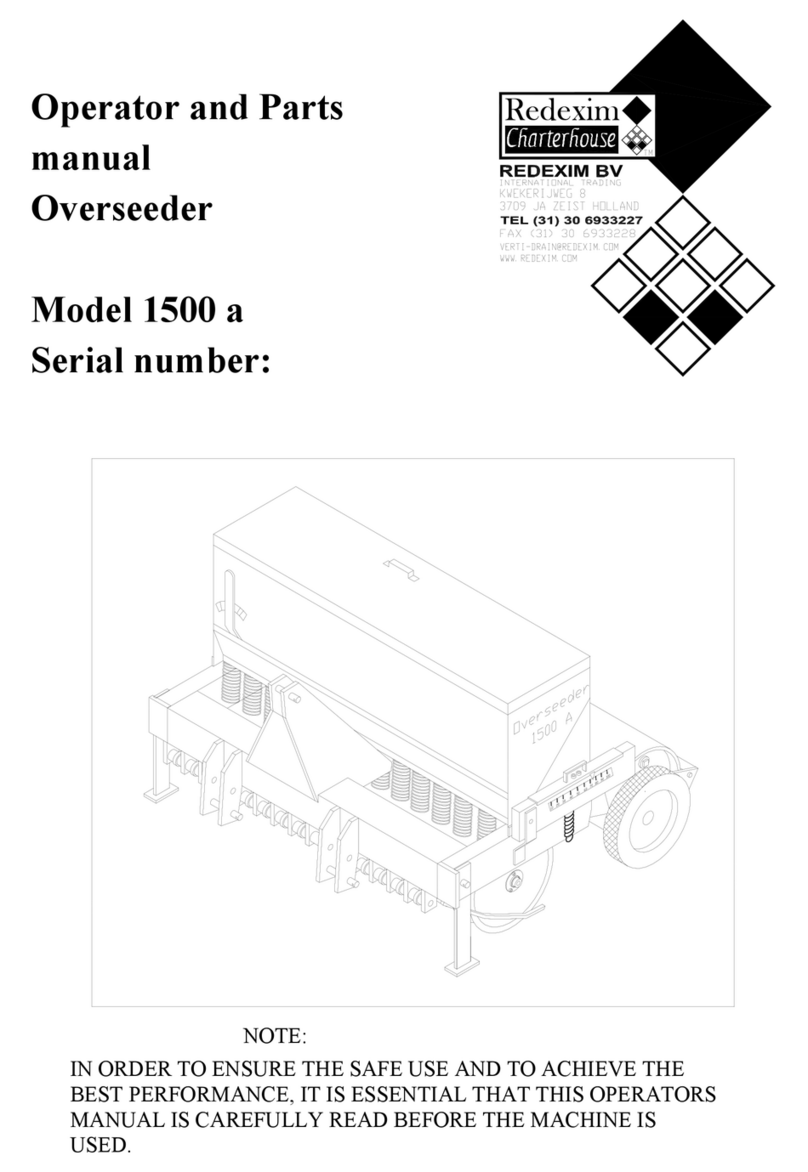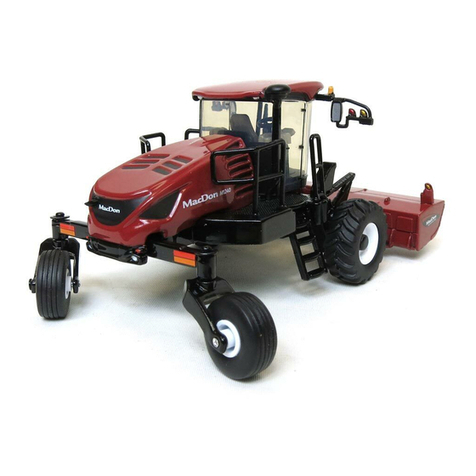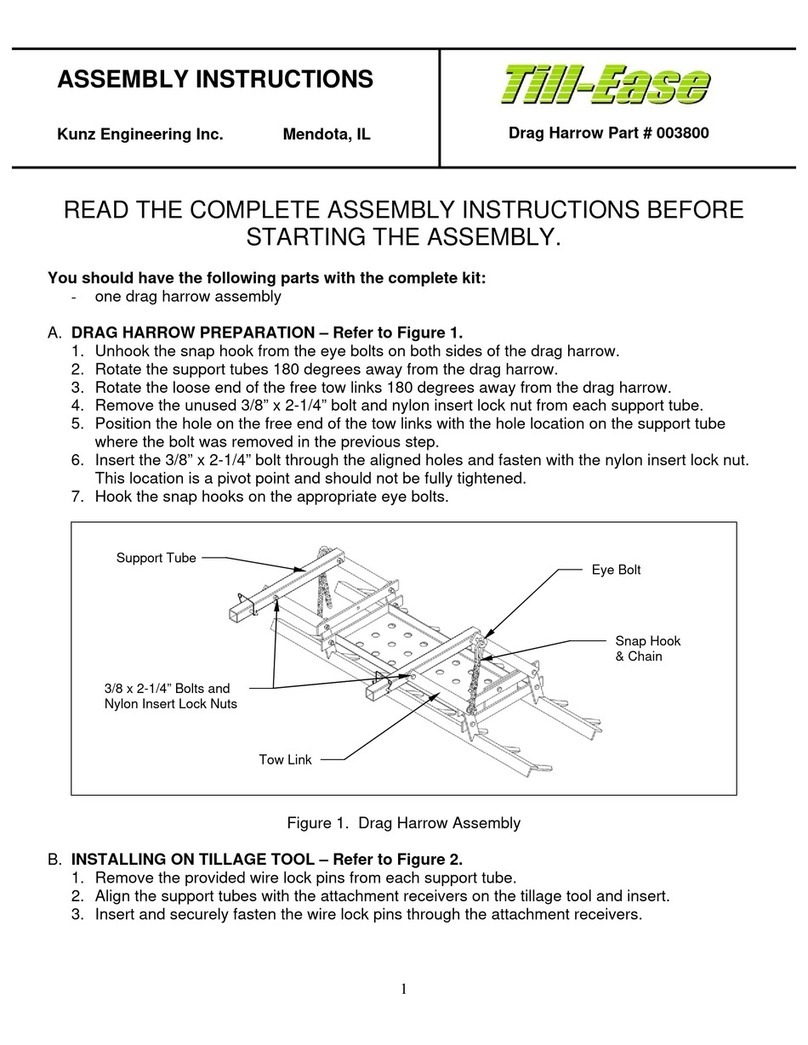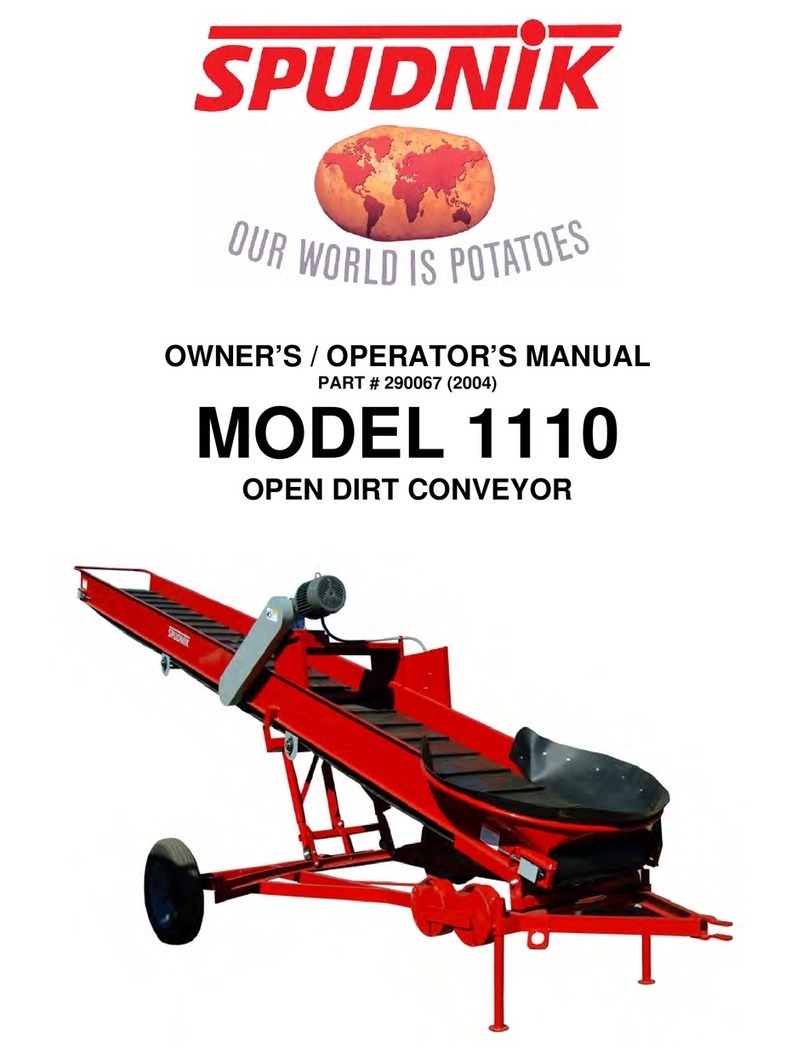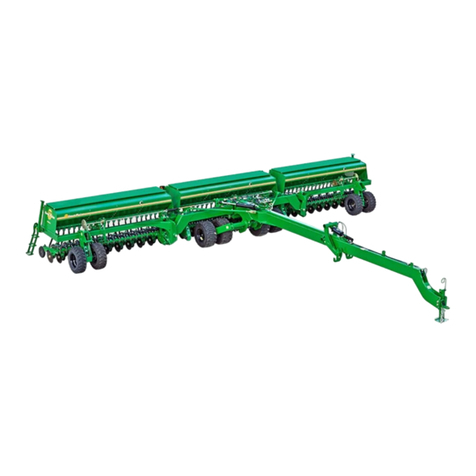
AI_Q39-Q36_v2-0123.indd iii
Safety Alert Symbols
The SAFETY ALERT SYMBOL indicates there is a potential hazard
to personal safety involved and extra safety precaution must be taken. When
you see this symbol, be alert and carefully read the message that follows it. In
addition to design and conguration of equipment, hazard control and accident
prevention are dependent upon the awareness, concern, prudence and proper
training of personnel involved in the operation, transport, maintenance and
storage of equipment.
Owner/operator can prevent and may be responsible for accidents or injuries
occurring to other people, themselves, and/or property and equipment.
Thoroughly read and understand the installation, operation, references and
other material supplied with the Q36. If the installer or operator cannot read
English, it is the owner’s responsibility to explain this material to them.
We strongly recommend that children are not allowed to operate or play
on or with this equipment. Do not allow untrained people to operate or
service equipment.
Caution
Be familiar with handling livestock prior to use of this equipment.
Working with livestock carries inherent risk of injury or death.
Livestock Safety²
One of the most important issues for consideration when handling livestock
is safety. Although considered domesticated animals, working with livestock
carries with it an inherent risk of danger. It is important to understand that
livestock have both instincts and habits, known as behavior patterns, that are
based on actions that make them the most comfortable. These instincts and
habits allow them to react to changes in their environment.
Many instincts and habits are strong and potentially dangerous. Using common
sense, practicing caution, and understanding livestock behavior can greatly
reduce a handlers risk and enable him or her to work safely with livestock. This
article will detail some important livestock behaviors as well as cautionary tips
to practice when handling livestock.
Livestock Behaviors
• Animals who are used to being around other livestock can become frightened
and agitated when separated, becoming dangerous and dicult to handle.
• The maternal instinct is also very powerful. Many times these instincts
are not evident in an animal’s behavior until shortly after giving birth. It is
important to recognize these behavior patterns and use appropriate caution.
• Another behavior pattern that livestock may exhibit is a territorial instinct.
Feed time is when this instinct is most readily observable.
• A valuable behavior is the instinct to follow the leader. Often times, all
that is required is to begin one animal moving and the rest will follow.
• Livestock exhibit the most activity at sunrise and sunset. In contrast, livestock
are the most inactive during night and at midday.
• The ight zone is one of the most important principles regarding livestock
behavior and safe handling. It is an animal’s personal space. Livestock will
react in a variety of ways according to a handlers activities relative to their
ight zone. For example, livestock will face a handler and maintain a safe
distance, when the handler is outside their ight zone. In contrast, livestock
will turn away from a handler who enters their ight zone. Individual animals
will have ight zones of varying size. Working from the edge of the ight
zone will generally keep livestock calm and manageable.
• The point of balance is another important behavioral principle to understand.
An animal’s point of balance is located at their shoulders. An animal will
move depending on a handlers position relative to their point of balance.
This principle can be used to calmly and easily be encourage livestock
through crowding pens, chutes, and squeezes. For example, when a handler
stands behind the animal’s point of balance, the animal will move forward.
When the handler stands in front of an animals point of balance, the animal
will stop or back up. To encourage an animal forward, simply walk towards
the animal, crossing the point of balance, and it will move forward.
Precautionary Measures
The following are precautionary measures that are recommended to anyone
when working with livestock.
Be alert. It is impossible to fully know or predict an animals actions. Always be
aware of what is happening around you. This is particularly important when
handling livestock at sunrise and sunset when livestock are most active.
Keep animals together. Livestock will be more calm and cooperative when
in groups. When alone, they quickly become agitated and frightened making
them dangerous and dicult to handle.
Carefully approach animals. Because of the placement of their eyes, cattle
have approximately a 270 degree range of vision. Despite their range of vision,
cattle have poor depth perception, and are unable to see behind them. To
reduce risk, always announce yourself when approaching an animal.
Leave yourself an out. Never enter small enclosed areas with livestock. If
unavoidable, always be sure there is always a fast and easy method of escape.
Avoid quick movements and loud noises. Livestock can startle and frighten
easily. Move slowly and deliberately around livestock. Be careful not to create
excess noise.
Be patient. When working with livestock in a crowding pen, chute, or squeeze,
prodding an animal when it has no place to go is dangerous. Animals can react
quickly and violently.
Respect livestock. Do not fear them. Underestimating an animal’s size,
strength, and speed can result in serious injury. Always consider mature males
to be dangerous. Be aware of animals who are sick, injured, or otherwise
frightened.
Remember that livestock draw upon past experiences and treatment when
reacting to a situation.
NOTE: Provides helpful information to the operator.
IMPORTANT: Indicates failure to observe may cause damage to
equipment.
WARNING: Indicates a potentially hazardous situation which, if not
avoided, could result in death or serious injury, and includes hazards that
are exposed when guards are removed. It may also be used to alert against
unsafe practices.1
CAUTION: Indicates an imminently hazardous situation, which, if not
avoided, may result in minor or moderate injury. It may also be used to alert
against unsafe practices. 1
DANGER: Indicates an imminently hazardous situation, which, if not
avoided, will result in death or serious injury. This signal word is limited to
the most extreme situations, typically for machine components that, for
functional purposes cannot be guarded. 1
BE AWARE OF SIGNAL WORDS: A signal word designates a degree of level of hazard seriousness.
1. Sentry Insurance, FEMA, Owner’s and Operators Manuals for Farm Equipment, Sentry Insurance, Stevens Point, WI, revised Management Bulletin No. 112, 90-42;
March 2007, pp S-2.











